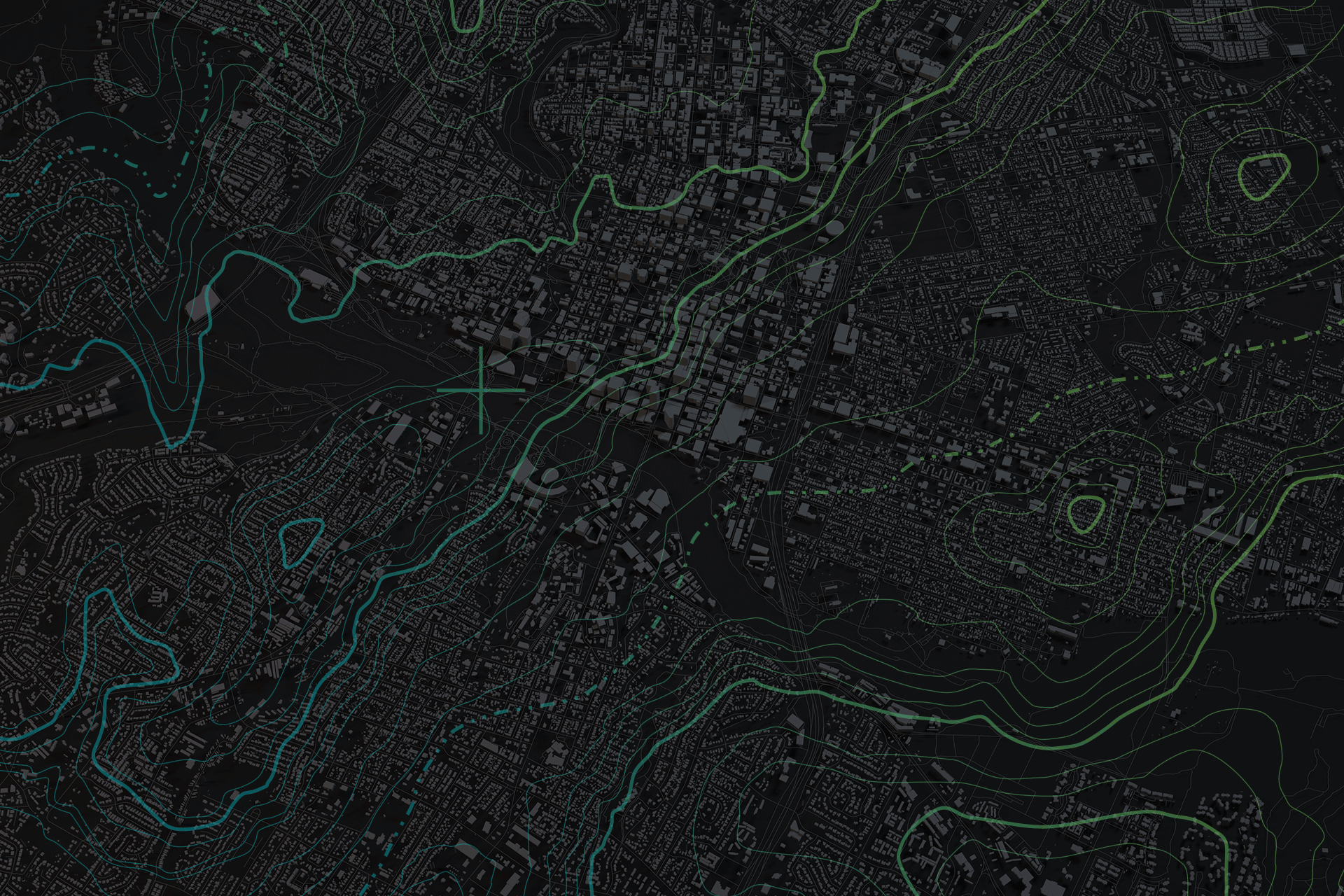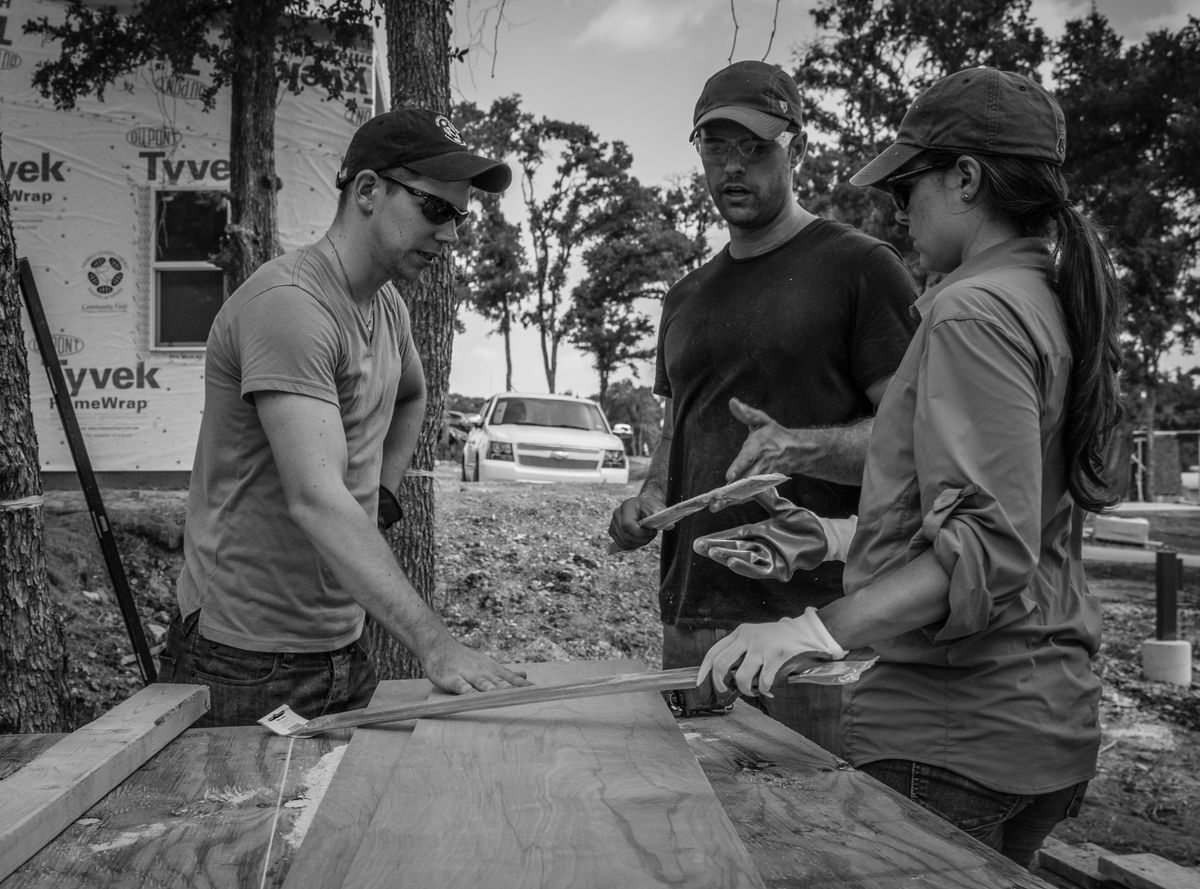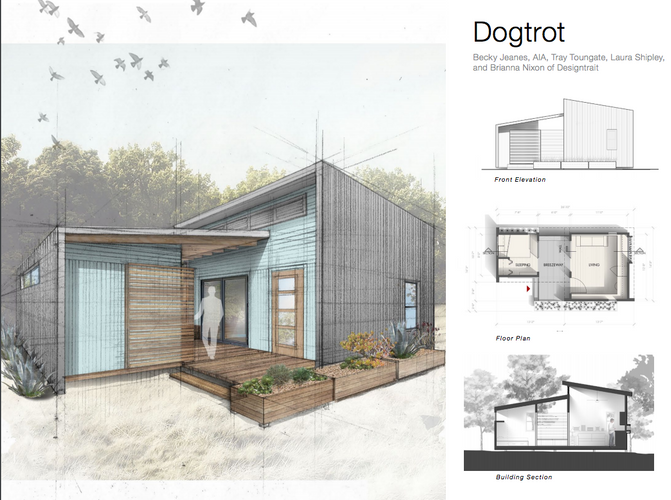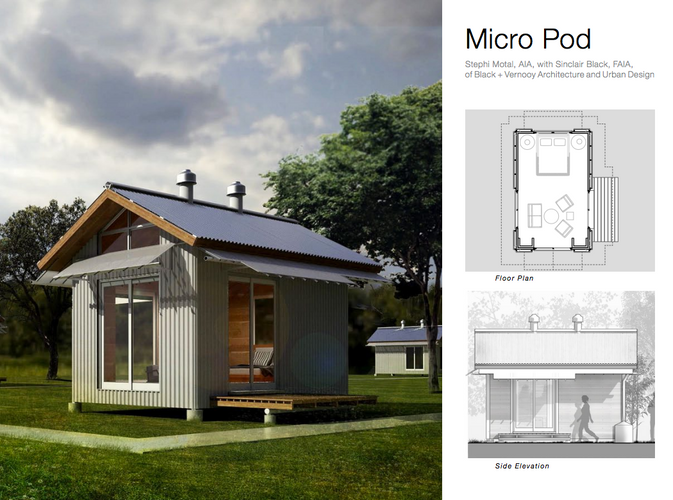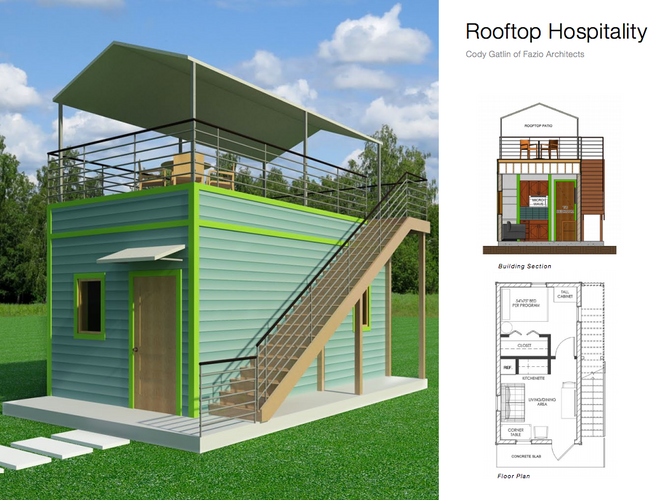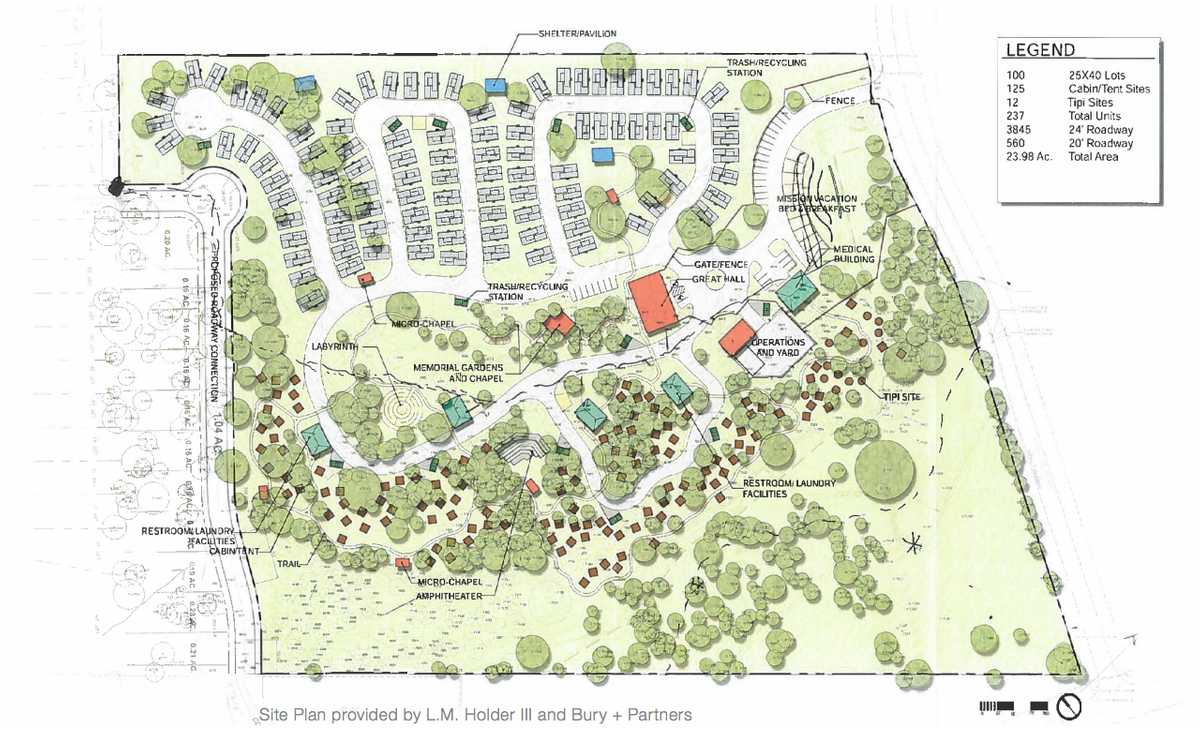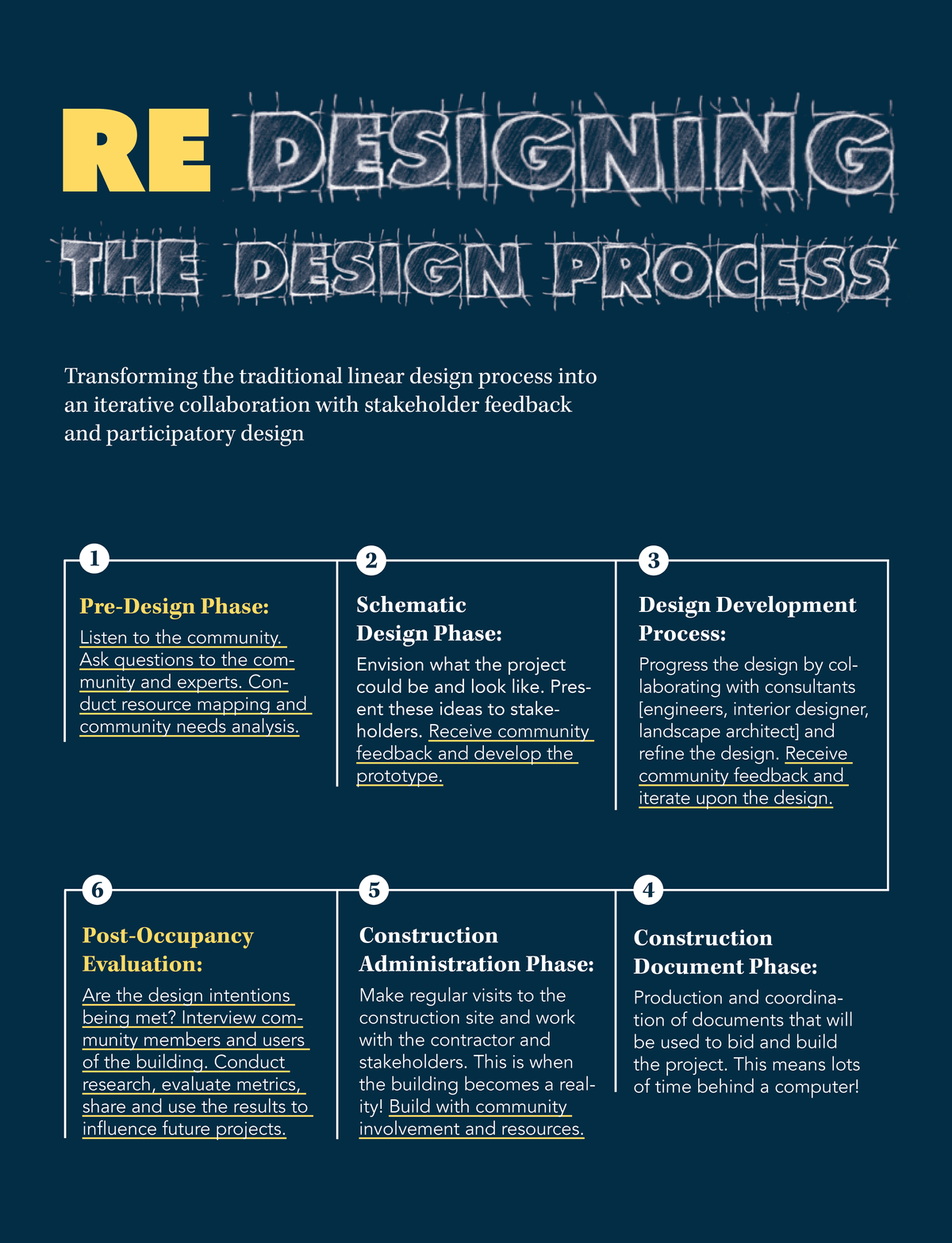Over the summer, I conducted an interview series “Design Phase Zero”, where I met with local Austin designers, including interior design, fashion design, and entrepreneurs. This week, we’re kickin’ it back up again with our final designer of the series! Last, but certainly not least, architect Beau Frail shares his design processes covering the community-based and sustainability realm of architectural design.
Beau Frail earned his undergraduate degree from the University of Florida and went on to the University of Texas to earn his graduate degree in architecture. He worked as a Project Architect Michael Hsu Office of Architecture for two years, but has found his passion using architecture to benefit communal needs. Recently, Beau has been heavily involved in his Tiny Victories competition that provided micro-home designs for Community First! Village, which is an affordable housing community for the homeless.
Read on to learn more about Beau’s journey as an Austin-based architect:
